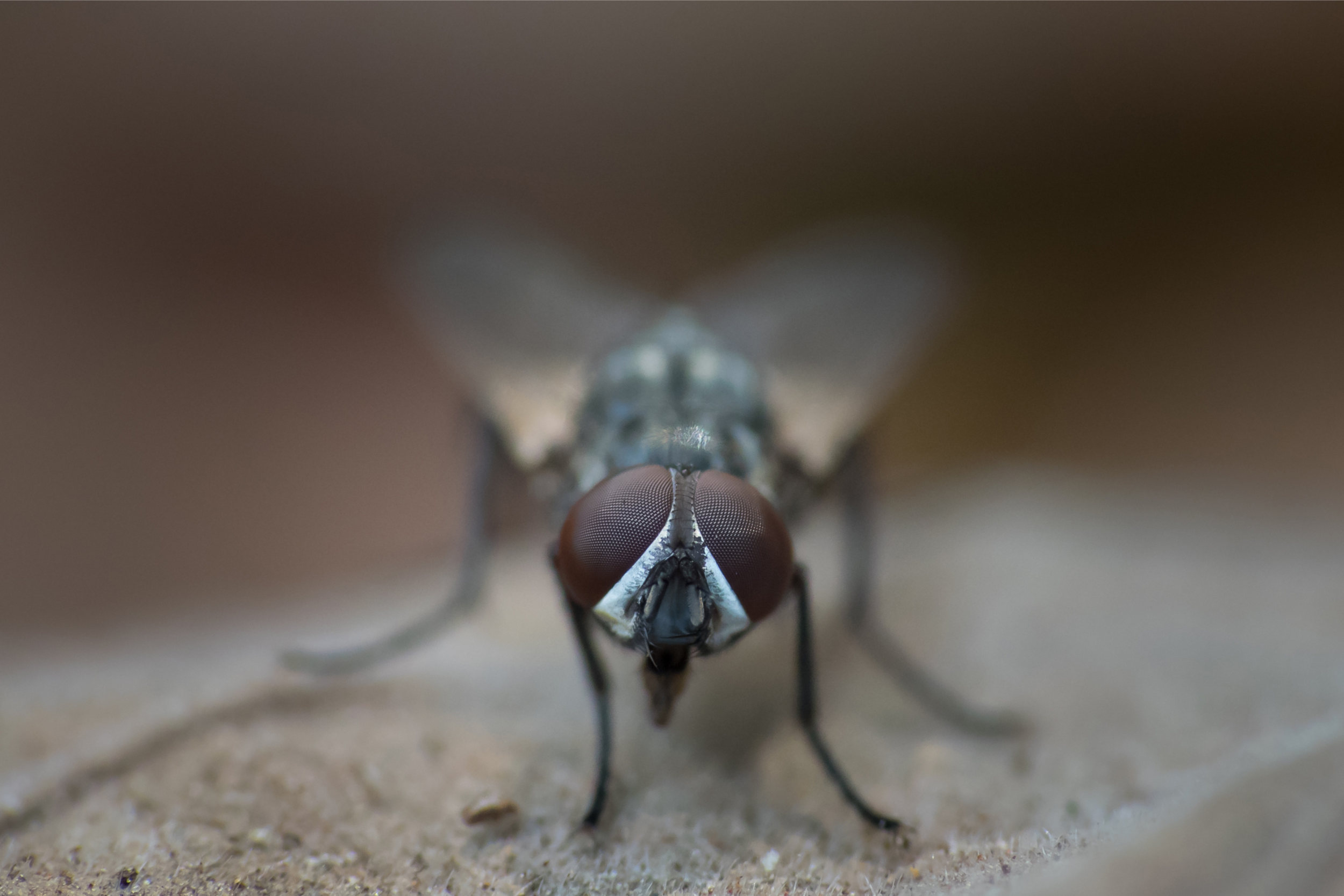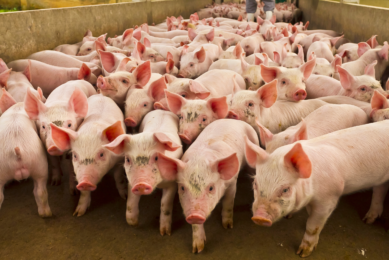American ASF vaccine works through oronasal route

An ASF vaccine that is under development in the United States has also been tested successfully when being provided through the oronasal route. The announcement offers hope for those countries having ASF in wild boar populations.
The vaccine candidate has been under development for years at the Plum Island Animal Disease Center, part of the Agricultural Research Service (ARS), which in turn belongs to the US Department of Agriculture (USDA). The vaccine candidate revolves around the deletion of the gene I177L from a highly virulent ASFv strain from the country Georgia (ASFv-G). Hence, the official name of the vaccine candidate is “ASFV-G-ΔI177L.”
Many test for ASF vaccine candidate
Between development and marketing, however, there are a wide range of tests required. The latest publication in a special edition of the peer-reviewed title Vaccines, is one of the steps of the vaccine development. Especially for wild boar, intramuscular vaccination is not an option, but it can be administered through feed when it is deposited for them in forests.
In December 2019, the news broke that sterile immunity against ASFv was possible with this vaccine. Ever since the scientific evidence has grown that the researchers are on the right track with this vaccine candidate. In the current report, the scientists state that the vaccine candidate has been proven “safe and highly efficacious in challenge studies using parental ASFv-G.”
The trial to the oronasal vaccine version was carried out with 3 groups of each 5 crossbreed Yorkshire pigs weighing roughly 40kg (about 80 to 90 lbs). Prior to a challenge with ASFv-G virus in a highly biosecure laboratory at Plum Island, the animals were inoculated with either a:
- Intramuscular vaccine;
- Oronasal vaccine in the rear of the nasal cavity and at the base of the tongue; and
- Mock vaccine (control group).
The team recorded clinical signs daily throughout the experiment. The research team also evaluated the presence of virus specific antibodies in the sera of inoculated pigs.
 African Swine Fever
African Swine Fever
For all the latest developments on the African Swine Fever virus. Plus interactive maps to follow the spread. Check it out…
ASF candidate for the oronasal route
Obviously the animals receiving a mock vaccine developed disease and were culled on day 6 post-inoculation. Viraemia titres for the inoculated animals of both types were mostly low or even absent during the 21-day observation period.
Having followed the progress of the outbreak, the Plum Island team wrote that the vaccine candidate can be administered by the oronasal route to achieve a similar efficacy to that of intramuscular administration. They added that “similar results were obtained when ASFv-G-ΔI177L was given intramuscularly. Interestingly, viraemias induced in animals inoculated oronasally were lower than those measured in intramuscularly-inoculated animals.”
The news does not mean that the vaccine is available for use in wild boar populations as from today. Next steps would include that the vaccine would have to be formulated into baits, and tested for oral consumption of the baits. In addition, the vaccine would also have to be tested for efficacy and safety in wild boar.
The research was authored by Manuel V. Borca, Elizabeth Ramirez-Medina, Ediane Silva, Elizabeth Vuono, Ayushi Rai, Sarah Pruitt, Nallely Espinoza, Lauro Velazquez-Salinas and Douglas P. Gladue, Plum Island Animal Disease Center, ARS, USDA, Greenport, NY, USA; and Cyril G. Gay, Agricultural Research Service, Beltsville, MD, USA. Authors Silva and Velazquez-Salinas are also attached to Kansas State University; author Vuono is also attached to Mississippi State University; and author Rai is also attached to ORISE.











